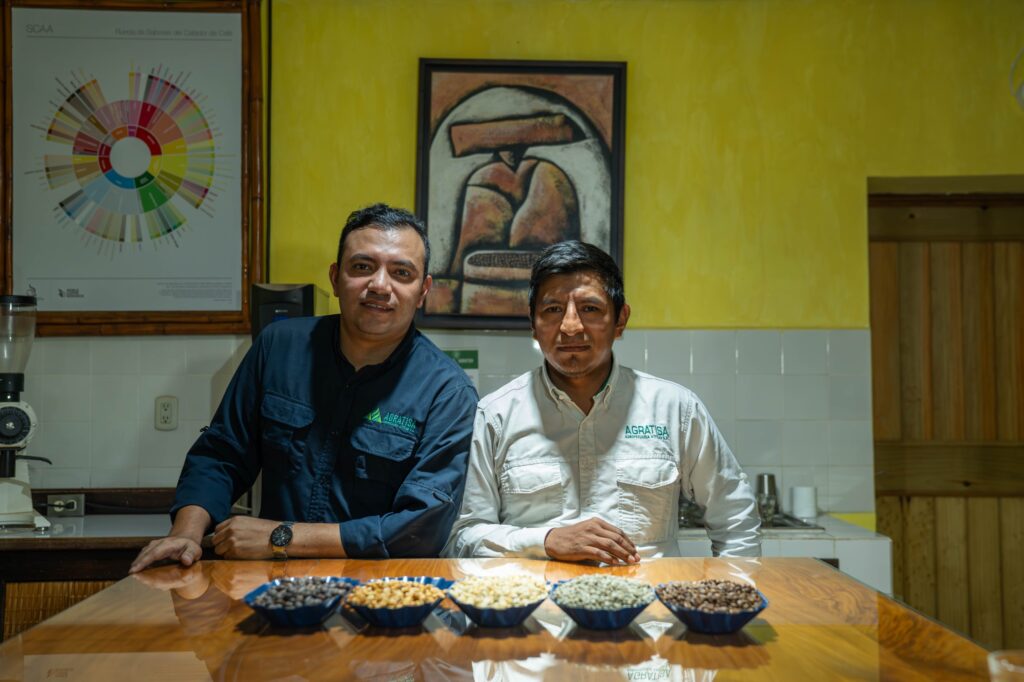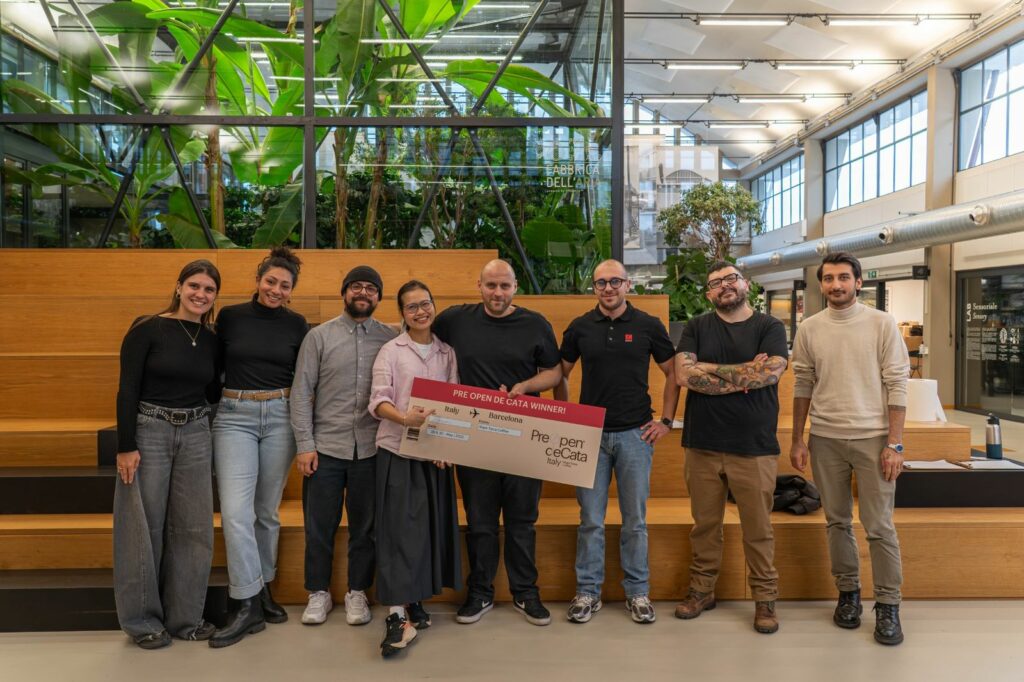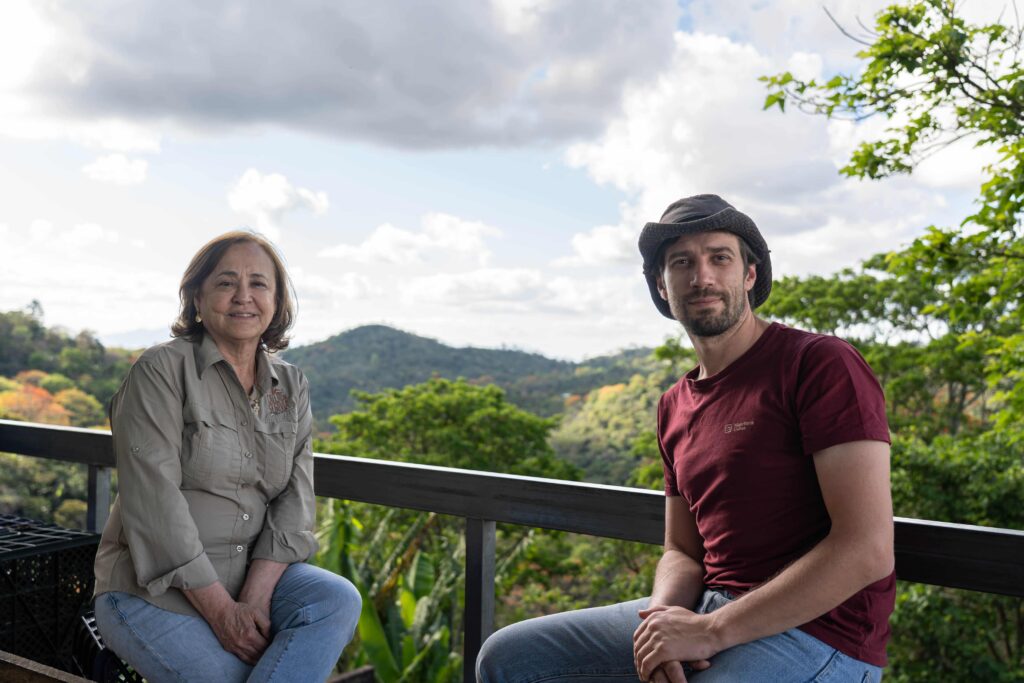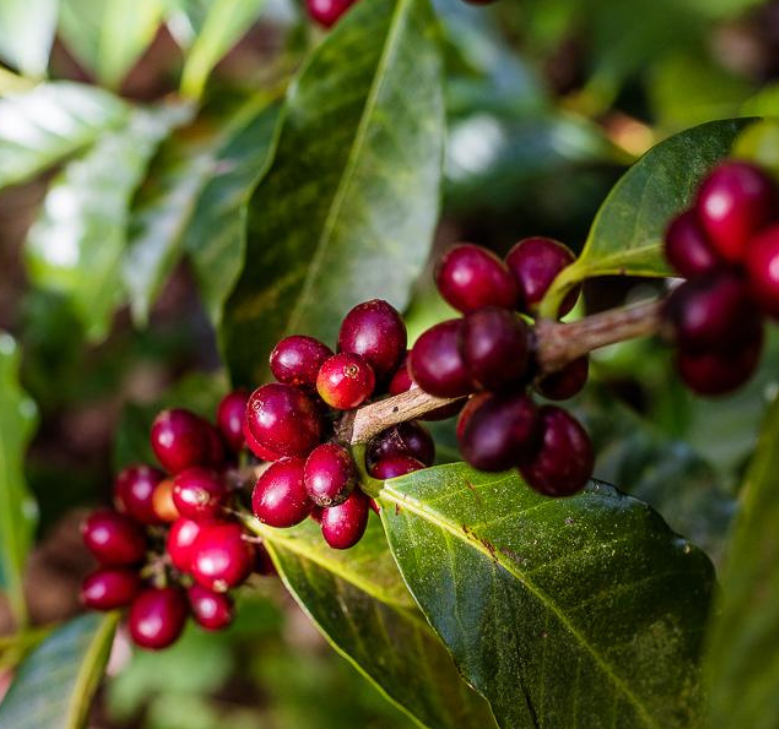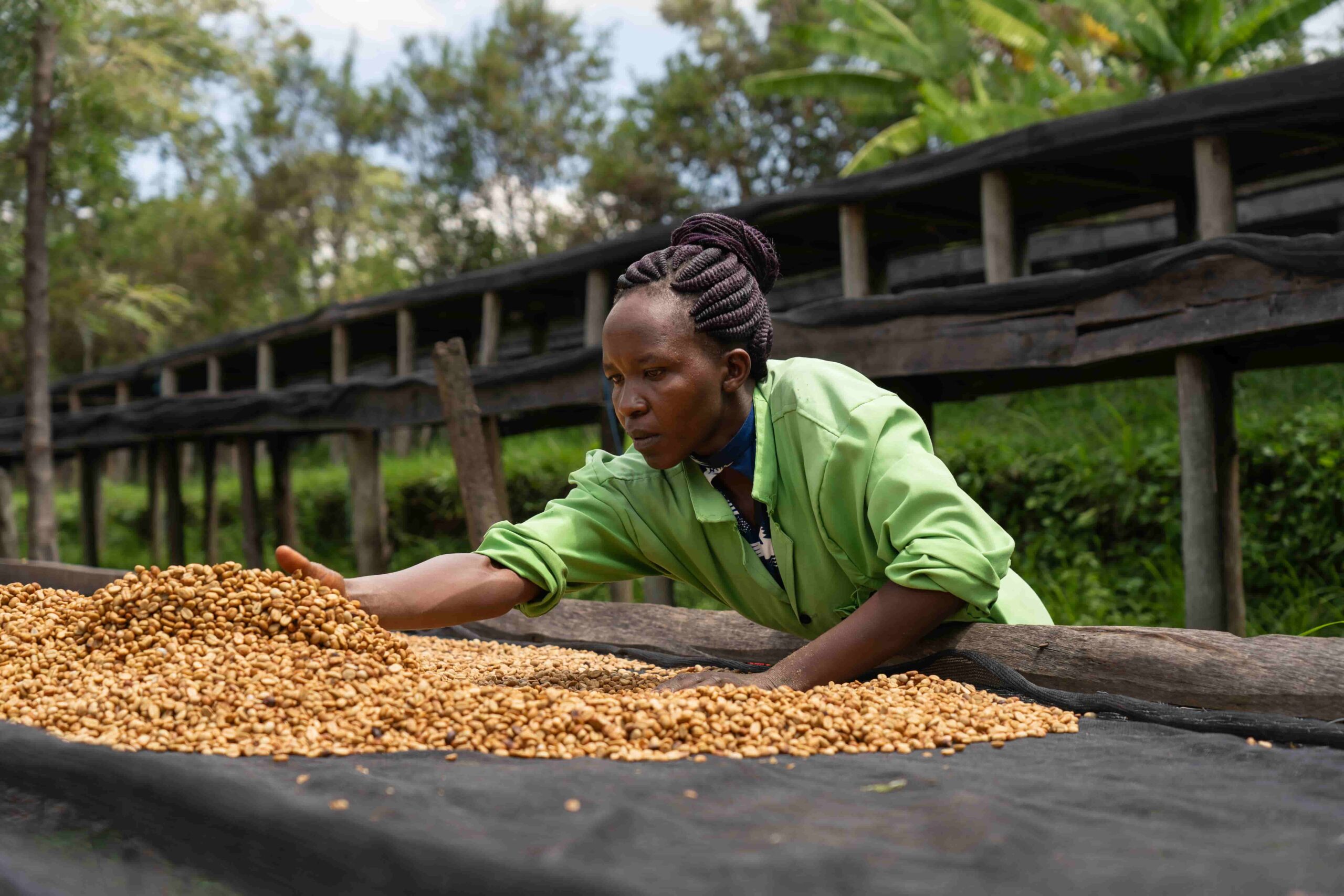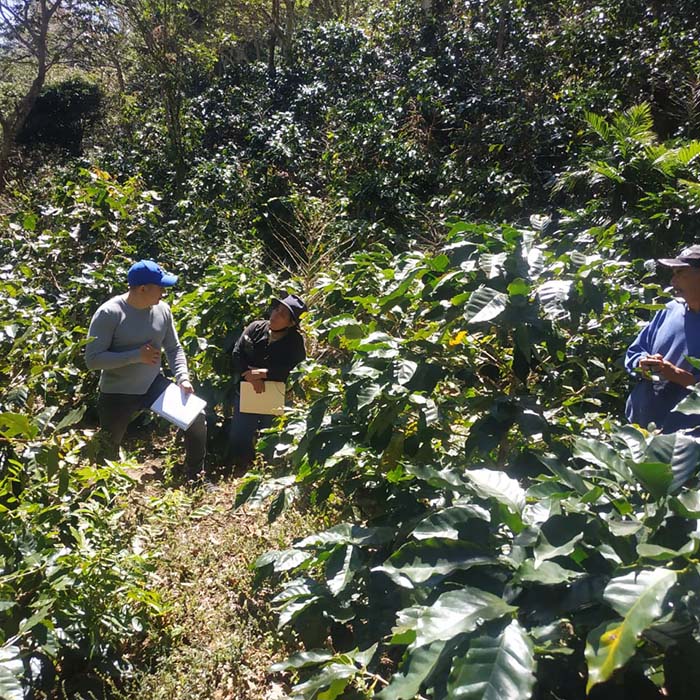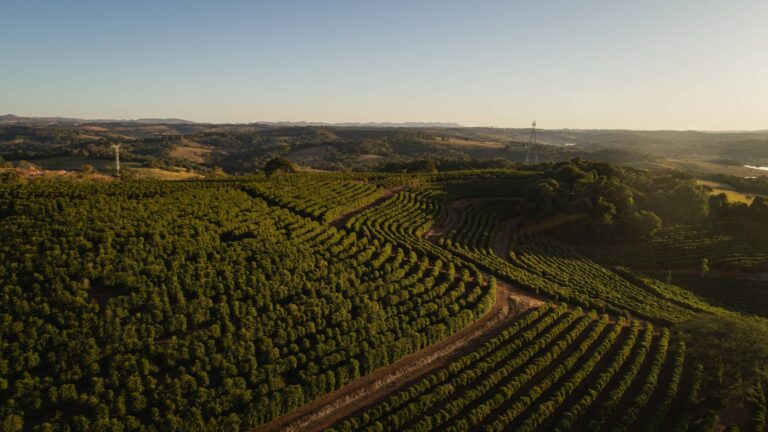Three facts about the decaffeinization of Sanjuanero
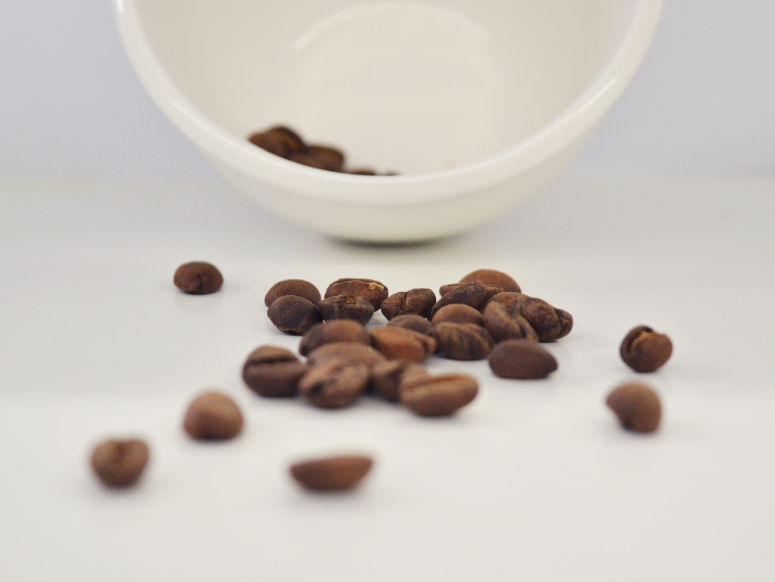
The consumption of Decaffeinated Coffee in today’s population is in growing demand. Consumers are looking for a caffeine-free specialty coffee that respects the product and maintains the organoleptic conditions of the coffee without renouncing its Flavour.
Thanks to the increasingly sophisticated processes in decaffeination, we find various alternatives…
Sanjuanero is one of our continuity Decaffeinated Terras that stands out for its Spicy profile and a strong Cinnamon key descriptor. This coffee from Huila, Colombia, is decaffeinated at the Decaffeinated station.
In this post we explain the steps to follow to decaffeinate green coffee by applying fresh water and natural style acetate extracted from sugar cane:
- Pretreatment. The coffee beans are steamed at low pressure to remove the silver husks. They are then moistened with hot water to soften the beans and initiate the hydrolysis of the caffeine.
- Extraction. The wet coffee is washed with recirculating natural ethyl acetate in the extraction machines. This procedure is repeated several times to eliminate at least 97% of the caffeine. The decaffeinated coffee beans are then washed with fresh spring water until no traces of ethyl acetate remain.
- Post-treatment. The coffee is dried in vacuum drums to adjust the final humidity value to between 10% and 12% and then rapidly cooled to room temperature by air fans. After cooling, the coffee is polished with carnauba wax to protect it from environmental humidity.
We have already seen the stages of the decaffeination process, but it is true that doubts may still arise as to whether this treatment alters the taste and bitterness of the product and, more importantly, does it still have the properties to be beneficial to health?
Many people believe that Decaffeinated Coffee loses its flavor, but this is not the case since only the alkaloid, which is the stimulating factor, is extracted; this component does not adulterate the flavor once extracted.
As for bitterness, a good part can be obtained at the time of roasting, whether it is a decaffeinated bean or not, we will obtain its final bitterness when we roast it.
Finally, decaffeinated coffee continues to be healthy due to its antioxidants derived from polyphenol, a component that is still present in non-caffeinated coffees.
And now, would you like a decaffeinated coffee?
